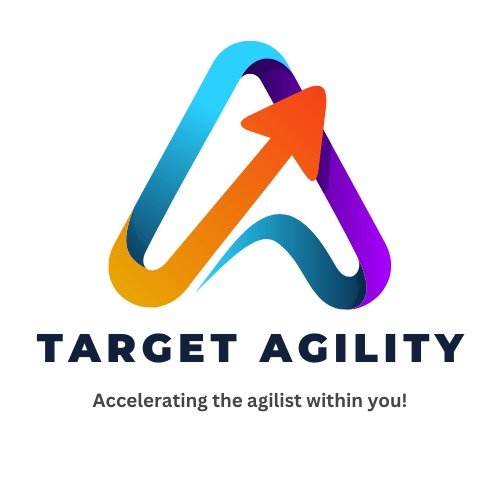Daily Scrum meetings have been part of Agile for years. The goal is simple: help the team stay aligned, spot issues early, and plan the day. But let’s be honest — in many teams, daily standups feel boring, repetitive, or like a waste of time.
Now, with AI and automation tools, some teams are skipping live meetings and using bots instead. This raises an important question: Do we still need live Daily Scrums? Or is automation a better option?
Why We Have Daily Scrums
Originally, the Daily Scrum was created to:
- Keep the team in sync
- Spot problems early
- Stay focused on the Sprint Goal
- Adjust daily work if needed
It’s meant to be short (15 minutes) and helpful — not a long meeting or a status update for the manager. But in real life, things often go off track. People talk too much. Some stay silent. Others just show up out of habit.
What Are Automated Standups?
Automated standups use tools like Geekbot, Standuply, or DailyBot to collect daily updates. Team members answer three questions in writing:
- What did I do yesterday?
- What will I do today?
- Am I facing any blockers?
The tool gathers all answers and posts them in a team chat, like Slack or Teams. Some tools can also spot patterns — like recurring issues or signs of frustration.
Benefits of Automated Standups
- No Time Zone Problems
People in different parts of the world don’t need to be online at the same time. Everyone updates when it suits them. - Saves Time
No waiting, no side conversations. Just clear, fast updates. - You Can Look Back Later
All updates are saved, so it’s easy to review what was done or what issues came up. - Easier for Quiet Team Members
Some people prefer writing over speaking. Bots let them share updates without stress. - More Honest Feedback
People might feel safer reporting problems to a bot than speaking up in front of a group.
Downsides of Using Bots
- No Human Interaction
You miss out on face-to-face (or video) connection. No casual chat, body language, or energy. - No Quick Problem-Solving
In a live meeting, someone might offer help right away. With a bot, that might take longer. - Bots Don’t Notice Team Issues
A real Scrum Master can sense when someone’s stressed, confused, or hiding something. Bots can’t. - It Can Feel Robotic
Some people may just copy-paste answers to “get it over with.” That hurts team engagement.
So, Are Daily Standups Going Away?
Not exactly — but they are changing.
Automated standups work well for mature, remote teams who know how to stay focused and responsible. These teams don’t need a live meeting to stay in sync. For them, automation saves time and keeps things simple.
But for new teams, teams with communication problems, or teams still learning Agile, bots alone won’t cut it. These teams need real interaction to build trust and stay connected.
Conclusion
Automated standups aren’t killing the Daily Scrum — they’re just changing how it’s done. For some teams, bots are a great way to save time and stay on track. For others, they could lead to silence, confusion, or lack of connection.
In the end, it doesn’t matter whether you meet in-person, on Zoom, or through a Slack bot. What matters is that the team stays aligned, solves problems fast, and works toward the same goal. Choose the method that helps your team do that best.













